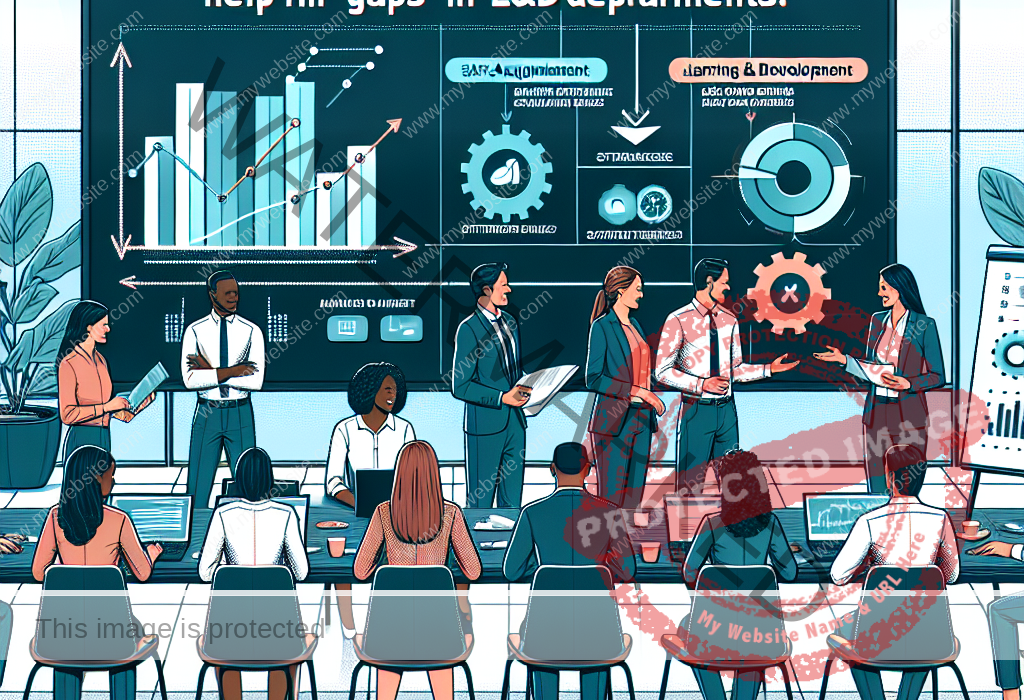Discover the Benefits of Staff Augmentation for L&D Departments
Reading Time: 2 minutesEnhancing eLearning Development with Staff Augmentation Greetings, eLearning developers! Have you ever found yourself in a scenario where you lack resources, are up against tight project deadlines, and wish for a savior to come to your rescue? You’re not alone in this struggle. In the realm of Learning and Development (L&D), staff






